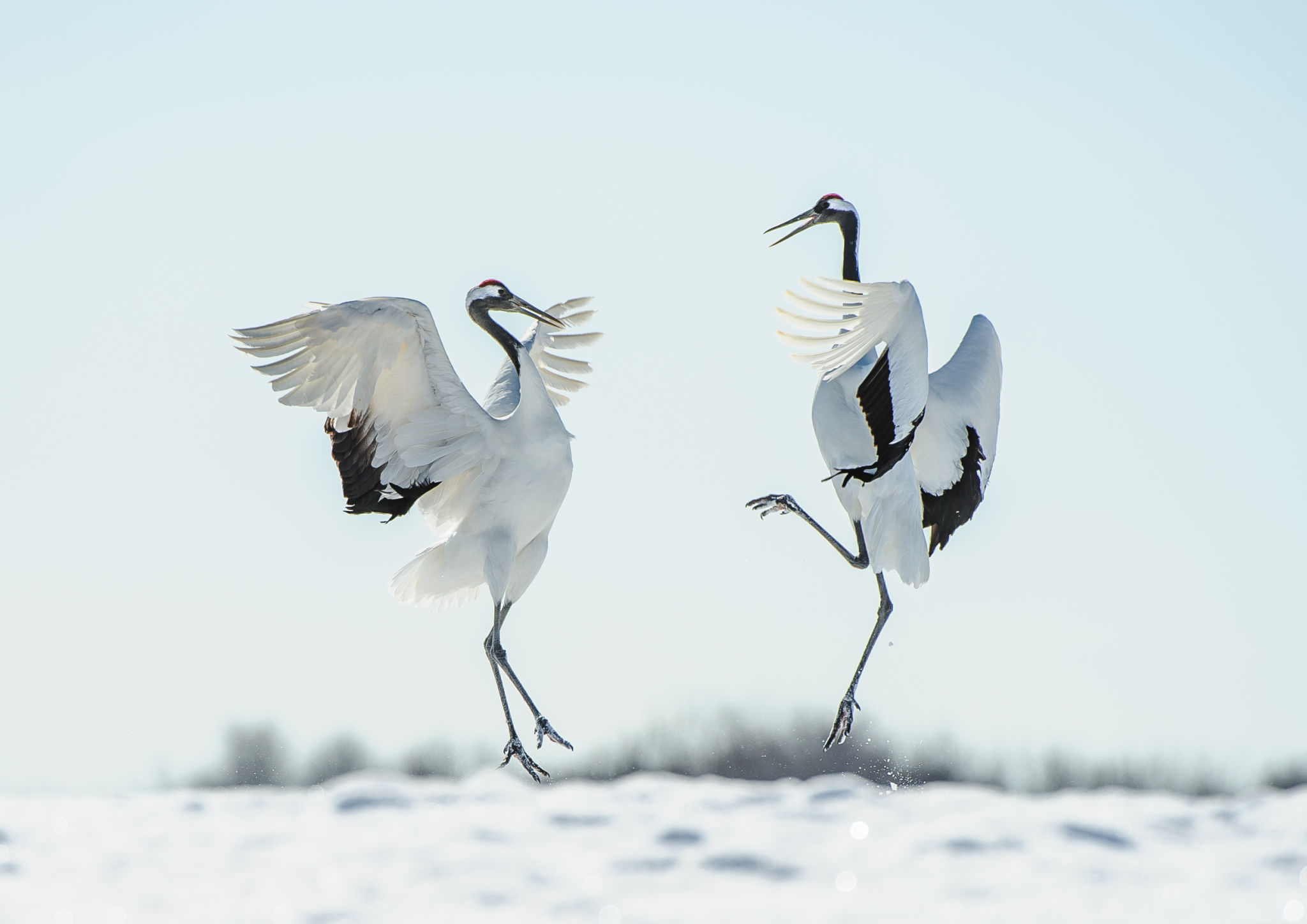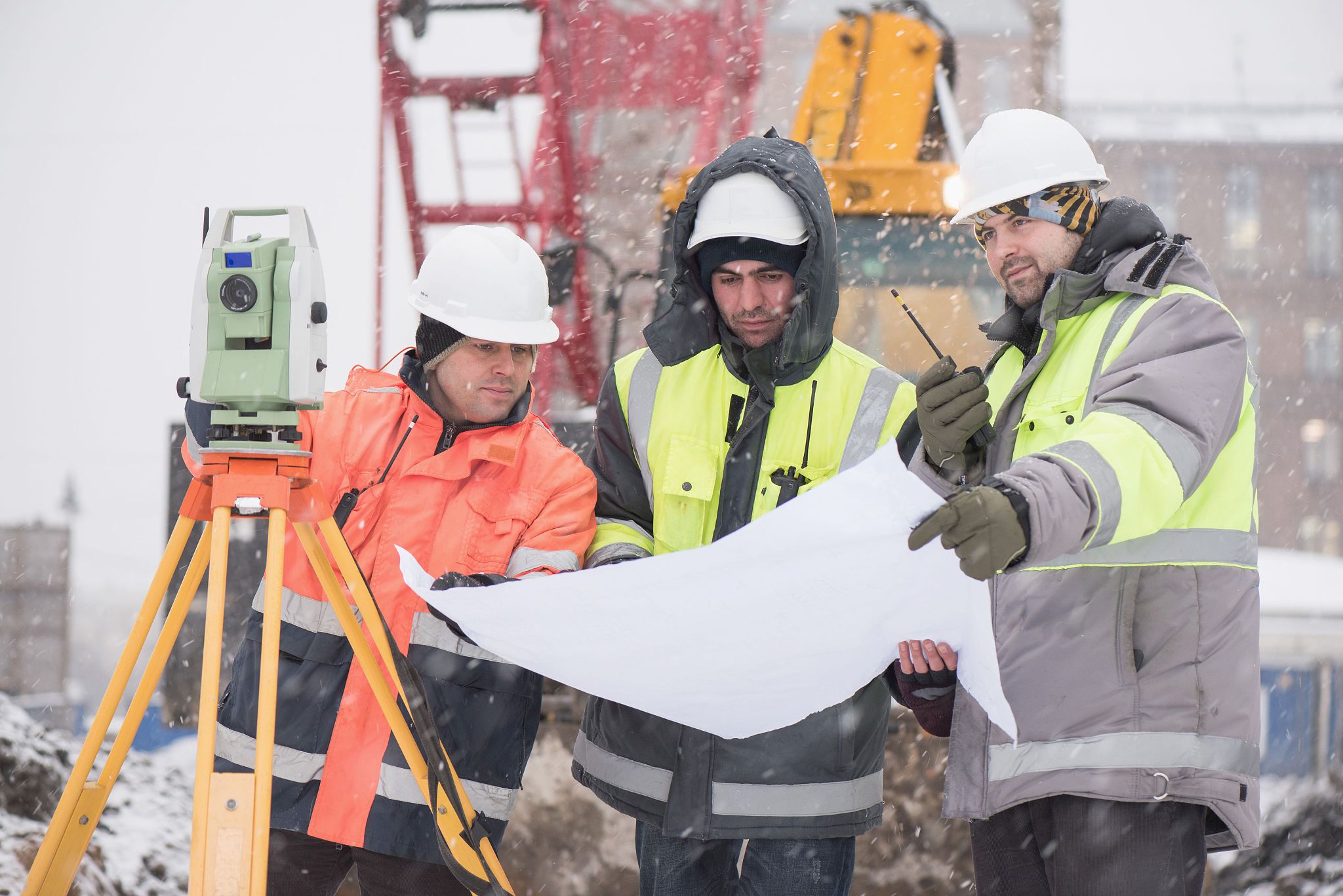Seasonal Crane Safety: Preparing for Fall and Winter Challenges
KM
Understanding Seasonal Hazards
As the seasons change, so do the challenges associated with operating cranes. Fall and winter bring unique hazards that require special attention to ensure safe crane operations. From fluctuating temperatures to unpredictable weather conditions, preparing for these potential risks is crucial for maintaining safety standards on site.

Weather-Related Challenges
Fall and winter weather can be unpredictable, with sudden changes in temperature and unexpected storms. These conditions can affect the stability and functionality of cranes. High winds, snow, and ice can lead to dangerous working environments, making it essential to conduct thorough weather assessments before any operation.
It's important to have a contingency plan in place for adverse weather events. This includes knowing when to halt operations and ensuring all team members are aware of safety protocols. Strong communication is key to adapting quickly to changing weather conditions.
Equipment Maintenance
Regular maintenance becomes even more vital as temperatures drop. Cold weather can impact machinery performance, causing issues such as hydraulic fluid thickening and battery failures. Conducting routine inspections and using cold-weather-specific lubricants and antifreeze can prevent these problems.

Moreover, ensure that all crane components are in optimal condition before the onset of fall and winter. Checking cables, brakes, and load indicators should be part of your routine maintenance to avoid potential failures during colder months.
Operator Training and Awareness
Operators must be trained to understand the specific challenges that come with seasonal changes. This includes recognizing signs of equipment stress due to cold temperatures and knowing how to operate safely in reduced visibility conditions. Training sessions focused on seasonal safety can reinforce best practices and help operators stay vigilant.
Site Preparations
Preparing the job site for fall and winter is as important as maintaining the cranes themselves. Ensure that pathways are cleared of snow and ice to prevent slips and falls. Adequate lighting should be installed to compensate for shorter daylight hours, improving visibility for operators and ground personnel alike.

Consider setting up windbreaks or using temporary enclosures to shield equipment from harsh winds. This not only protects machinery but also provides a safer environment for workers.
Emergency Preparedness
Having an emergency plan is essential year-round but takes on added importance during fall and winter. Ensure that emergency kits are stocked with cold-weather gear, blankets, and supplies. Regularly review emergency procedures with all personnel to ensure everyone knows the protocol in case of an incident.
The ability to respond quickly and efficiently in emergencies can mitigate the risks associated with unexpected weather events or equipment failure, keeping both personnel and equipment safe.
Conclusion
By proactively addressing the challenges presented by fall and winter, crane operations can continue safely and efficiently throughout the season. Prioritizing weather assessments, equipment maintenance, operator training, site preparations, and emergency preparedness ensures that safety remains at the forefront of all operations. With diligent planning and execution, your team can face seasonal challenges with confidence.
